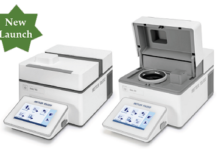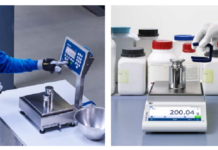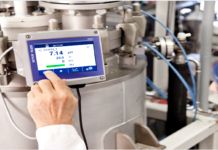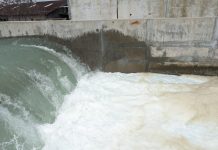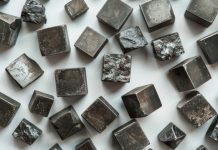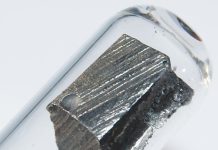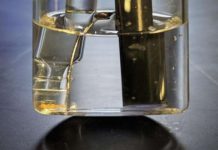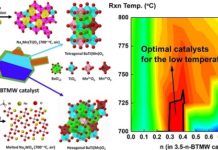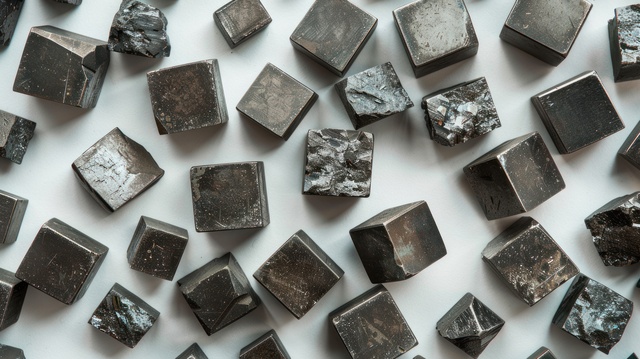Since the Stone Age, human progress has been driven by materials—iron, paper, plastic, silicon, and lithium—each shaping our civilisation. As we strive for sustainability, self-healing materials emerge as a game-changer. These materials can repair damage autonomously, extending lifespan and reducing waste. From self-repairing concrete to polymers that mend cracks, their potential spans infrastructure, electronics, and medicine. By mimicking nature’s resilience, self-healing materials pave the way for a more durable and resource-efficient future.
Metamorphic Materials
Self-healing materials are an innovative class of substances designed to autonomously repair damage without external intervention. Inspired by biological systems, these materials aim to enhance the durability and longevity of products by addressing issues such as cracks, scratches, or fractures that occur during service. The development and application of self-healing materials have significant implications for sustainability, as they can reduce maintenance costs, extend the lifespan of structures, and minimise environmental impact.
Origins
The concept of self-healing materials has roots in biomimicry, where scientists have long been inspired by natural systems that repair themselves, such as human skin or tree bark. Research in this area gained momentum in the late 20th century, with early studies focusing on polymeric materials incorporating microencapsulated healing agents. One of the landmark developments came in 2001 when researchers at the University of Illinois introduced a polymer composite that used microcapsules containing a healing agent, which would be released upon cracking. Since then, the field has expanded to include various materials such as metals, ceramics, and concrete.
Principles
The fundamental principle of self-healing materials is their ability to detect and repair damage autonomously. This capability is achieved through various mechanisms:
- Microencapsulation: This method involves embedding microcapsules containing healing agents within the material. When damage occurs, these capsules rupture, releasing the healing agent into the affected area, where it reacts to seal the crack or scratch. This approach is commonly used in polymeric materials.The main drawback of this concept is that the number of times that the material can be repaired is limited since when all the microspheres in a certain area break, it loses the possibility of recovering.
- Vascular Networks: Similar to biological circulatory systems, this technique incorporates a network of hollow channels filled with healing agents within the material. Upon damage, the channels release the healing agent to the affected area, facilitating repair. This method allows for repeated healing cycles and is often applied in structural materials.
- Intrinsic Self-Healing: Some materials possess inherent self-healing properties due to reversible chemical bonds or physical interactions. These materials can autonomously repair damage when exposed to specific stimuli, such as heat, light, or moisture, without the need for additional healing agents. These types of materials provide the advantage that their self-healing behaviour is almost infinite as long as they have the necessary conditions for their self-repair process to begin (heat, light, sufficient material, etc.). On the contrary, they have the disadvantage that these materials have to be specifically formulated so that they will only serve certain applications and cannot improve the performance of an existing material.
Types
Self-healing materials can be classified based on their composition and healing mechanisms:
- Polymeric Materials: These are the most extensively studied self-healing materials. They can heal through various mechanisms, including microencapsulation, reversible covalent bonds, and supramolecular interactions.
- Metallic Materials: Self-healing metals are designed to repair microcracks through mechanisms such as diffusion bonding and precipitation hardening. These materials are still in the experimental stage but hold promise for applications requiring high structural integrity.
- Ceramic Materials: Self-healing ceramics can repair cracks at high temperatures through mechanisms like oxidation and phase transformation. These materials are particularly useful in high-temperature applications, such as turbine engines.
- Concrete and Cementitious Materials: Self-healing concrete incorporates materials like superabsorbent polymers and fibers that facilitate autonomous crack repair, enhancing the durability and sustainability of infrastructure.
Intrinsic Self-Healing
Intrinsic self-healing materials can repair themselves using their inherent properties, typically through reversible molecular interactions. Some notable examples include:
Polymers with Reversible Bonds:
- Diels-Alder Polymers: These materials use reversible Diels-Alder reactions, where bonds break and reform under different temperature conditions. They are used in aerospace and automotive applications for lightweight, self-repairing components.
- Polyurethanes with Hydrogen Bonding: These elastomers exhibit self-healing when exposed to heat or pressure, making them useful in coatings, adhesives, and protective gear.
Supramolecular Polymers:
These materials rely on dynamic covalent bonds or non-covalent interactions like hydrogen bonding and host-guest chemistry. They are used in soft robotics and stretchable electronics, where flexibility and resilience are critical.
Self-Healing Hydrogels:
Polyvinyl Alcohol (PVA) Hydrogel with Borate Cross-Linking: This hydrogel repairs itself through reversible ionic interactions, making it ideal for biomedical applications such as wound dressings and tissue engineering.
Shape Memory Alloys (SMAs):
Nickel-Titanium (Nitinol): Used in medical stents and actuators, Nitinol can recover its original shape after deformation, making it a valuable self-healing material in medical and engineering fields.
Applications
The versatility of self-healing materials has led to their integration across various industries:
- Construction and Infrastructure: Self-healing concrete enhances the durability of structures by autonomously repairing cracks, thereby reducing maintenance costs and extending the lifespan of buildings, bridges, and roads.
- Automotive Industry: Self-healing coatings are applied to vehicle surfaces to repair minor scratches and damages, maintaining aesthetic appeal and protecting underlying materials.
- Electronics: In electronic devices, self-healing materials can repair microcracks in circuits, enhancing the reliability and lifespan of components.
- Aerospace: The aerospace industry employs self-healing materials to maintain the integrity of structural components, thereby improving safety and reducing maintenance requirements.
- Energy: Self-healing materials are used in energy storage systems, such as batteries and fuel cells, to repair electrode materials, enhancing performance and extending service life.
Challenges
Despite their potential, self-healing materials face several challenges:
Cost and Scalability: Many self-healing materials rely on expensive raw materials or complex manufacturing processes, making large-scale production challenging.
Healing Efficiency: Some self-healing mechanisms are not fast or effective enough for high-performance applications, especially in extreme environments like aerospace or deep-sea engineering.
Durability and Long-Term Stability: Some materials degrade over time or lose their self-healing capabilities after repeated damage, limiting their practical use.
Compatibility with Existing Systems: Integrating self-healing materials into conventional manufacturing and design processes can be difficult, requiring new engineering approaches.
Environmental and Safety Concerns: Some self-healing materials rely on chemical reactions that may produce byproducts harmful to the environment or human health
Sustainability
Self-healing materials play a crucial role in promoting sustainability through several avenues:
Resource Efficiency: By extending the lifespan of products and structures, self-healing materials reduce the need for frequent replacements, thereby conserving resources and reducing waste.
Energy Conservation: The production and transportation of replacement materials consume significant energy. By minimising the need for replacements, self-healing materials contribute to energy savings.
Environmental Impact: Reducing material waste and energy consumption leads to lower greenhouse gas emissions and a smaller environmental footprint.
Economic Benefits: Lower maintenance and replacement costs result in economic savings for industries and consumers alike.
Prologue
Self-healing materials represent a significant advancement in material science, offering solutions to enhance durability, reduce maintenance, and promote sustainability across various industries. As research and development continue, these materials are poised to become integral components in the design of future products and infrastructures, aligning technological progress with environmental stewardship.
Readers’ responses may be sent to: k.sahasranaman@gmail.com or chemindigest@gmail.com











